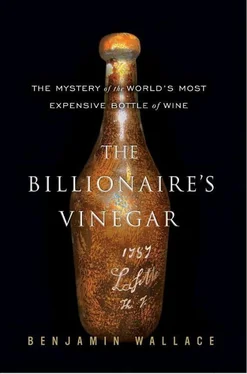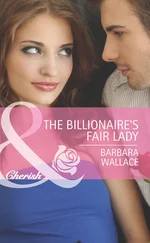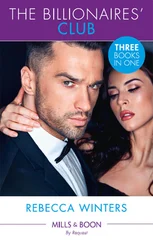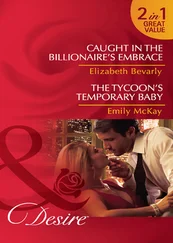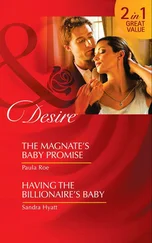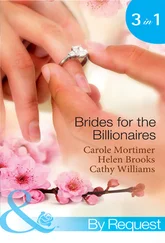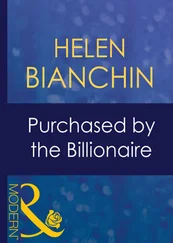Until the late 1980s, the Riedel glass suggested for Sauternes was the one designed for mature white Bordeaux. Rodenstock believed Sauternes required its own glass. He made some sketches and gave them to Riedel, who turned them into designs and gave them back to Rodenstock, who made a couple of changes. Prototypes were made. The bowl of the glass tapered almost to a point at its base, and swelled elegantly to a bulge near its top. The shape tempered the dessert wine’s sweetness and emphasized its minerality, transforming intensity into finesse. The narrow mouth of the glass concentrated the wine’s inimitable nose, showcasing the sweet, yeasty aroma redolent of baked raisin bread. For Rodenstock, having his own line of Riedel glasses, the HR-1 Series, was the ultimate status symbol.
RODENSTOCK’S FAME HAD spread since the auction of the Forbes bottle. The publicity from that one sale had made him known internationally in wine circles, enabling him to launch a robust career dealing wine. He had made a tidy sum just by selling off several more of the Jefferson bottles. In 1986, in partnership with an innkeeper in Austria’s Wachau wine region, he had begun to organize annual commercial tastings, where he provided the wine and guests paid sums into the thousands of dollars to attend. His wine business now extended to the Far East, where he also owned a Taiwanese company that packaged condoms in hazelnut shells and marketed them as gag gifts. At the end of his tastings, Rodenstock would give the nuts away.
His knack for unearthing sensational wine rarities had not ended with the Jefferson bottles. The publicity from the Forbes sale, he said, had led to his being approached about old bottles found in Russia. The czars in St. Petersburg had been well-documented procurers of Yquem, and Rodenstock soon acquired four bottles purportedly dating to between 1740 and 1760. At his 1986 tasting, he had produced an Yquem he said he had obtained in Leningrad. Bulky and adorned with enamel flowers, the bottle was undated but bore the name Sauvage, the family that owned Yquem before it became a Lur Saluces property. “The rarest of all these rarities,” Jancis Robinson later described the bottle, extolling “these glasses of unctuous history.”
Rodenstock spoke of a confederate, in the employ of Lufthansa, who smuggled Yquems out of Russia for him. He told friends that he had found another trove, for which he had paid a million dollars cash, in Caracas, Venezuela. “[F]or ancient wines,” Edmund Penning-Rowsell wrote in 1989, “[Rodenstock] appears to have similar powers of discovery to water diviners, in their more pedestrian calling.”
Rodenstock had become wealthier, his tastings more lavish every year. They were now located in the chic ski resort of Arlberg, in western Austria, lasted an entire weekend, and included nearly seventy guests, many of them European celebrities. Rodenstock, who had never ended up marrying Heinz-Gert Woschek’s daughter Patricia, had traded up to richer, more socially prominent girlfriends. In addition to wine, he now collected porcelain and watches, and always wore something unusual on his wrist. He was also a tax exile, officially a resident in Somerset Maugham’s “sunny place for shady people”—the haven of Monte Carlo—and kept additional homes in Munich and at Lacanau, a seaside resort outside of Bordeaux. (A few years later, he would add homes on the Spanish island of Marbella and in the Austrian ski village of Kitzbühel.) Though the few people who saw the homes noted that none was very large, the addresses helped him to gain entrée to a circle of people who were flashy, well-heeled, and generally dismissive of outsiders—or at least to look as though he had.
Up to now, Rodenstock had shied away from publicity focused personally on him, but with his business growing, he decided to grant a handful of carefully chosen journalists the kind of access necessary to write big features that would spread his name among prospective customers. In December 1988, Wine Spectator put him on its cover, a glass of Yquem in one hand, a No. 2 Davidoff cigar in the other, with the words “Money Doesn’t Matter: The World’s Most Extravagant Wine Collector.”
The picture that emerged in the articles, clearly supplied to the journalists by Rodenstock, included several previously unreported details. Among them: Rodenstock credited his organizational abilities to his father, who he said had been the regional railway director in Essen. Before working in the music business, Rodenstock had been an academic lecturer in surveying and mathematics, “the youngest such person in North-Rhine Westphalia,” and had written “a series of scientific reports and books on geodesy.” He had left academia, he revealed to a friendly Austrian journalist, because “he was urged to join a political party if he wanted to achieve greater academic honor. That didn’t suit the independent-minded young man at all.”
The articles were not exactly hard-hitting. One of them noted that Rodenstock was a Sagittarius, referred to him simply as “Hardy,” and described him as “an artist of life.” He said he regularly received blank checks from American collectors begging for a spot at one of his tastings, but that he turned them down because wine wasn’t about money for him. Rodenstock described himself as “a battle drinker,” and said that when he tasted a great wine it was like “all hell is breaking loose on my palate.”
IN THE FOUR years since Rodenstock’s discovery of the Jefferson bottles, mega-tasting mania had escalated. Every week, it seemed, there was another attempt by a collector to outdo everyone else. Hans-Peter Frericks, Herr Pétrus, held a thirty-two-vintage vertical of his namesake wine at the Residenz, a centuries-old palace in Munich. There were magnums and Jéroboams, and the tasting was followed by dinner at the Egyptian Art Museum. “There was a mummy on one side and 1.8 kilos of caviar on the other,” Otto Jung said later. “It was totally decadent.” Outside the party, protesters picketed the use of a government building for an elite affair. Lloyd Flatt arrived at Rodenstock’s tasting at Arlberg in a chauffeured Range Rover, fresh from having had a liver transplant. Arne Berger, a Hamburg collector, held several “100 Point” tastings, featuring only wines that had been anointed with perfect scores by Robert Parker.
The game was starting to exceed the means of people like Mario Scheuermann, the journalist. For one “best bottle” tasting, to which everyone attending had to contribute the best bottle from his cellar, a guest seeking an invitation had to write a letter to the organizing committee and impress them with the bottle he’d bring. And he had to be able to bring two bottles of it, or one magnum, to ensure that everyone would get a decent pour. Scheuermann proposed bringing Haut-Brion ’61. This was a first growth in a vintage widely considered to be one of the greatest of the century. It traded at auction for nearly $300 a bottle. Scheuermann only squeaked in. His was the cheapest, and youngest, bottle at the tasting. Everyone else had brought legends like ’45 Mouton, ’47 Cheval Blanc, and ’28 Latour. The tastings had become “a society game,” says Jung. He became uncomfortable accepting all this very expensive wine when he was no longer contributing. The 1989 Rodenstock tasting would be the last he would attend.
The tone of these events was also becoming more serious. So much money was at stake now, and so much ego, that some longtime members of the scene felt there was a hubris to it all, a hollow and cancerous competitiveness. The collectors would revel in the fact that, often, they owned or had tasted more vintages than the people who made the wine. A veteran Rhône collector in Hamburg, a law professor, surprised Gérard Jaboulet, a major Rhône producer, with a breakfast vertical (the Germans seemed to take pleasure in scheduling these events for 9:00 a.m.) of Jaboulet’s flagship wine, La Chapelle, including every vintage from 1945 to 1961. Several of these vintages Jaboulet himself hadn’t tasted. “Jaboulet was shocked,” Scheuermann recalled. “This was just because this poor guy had never had these vintages.”
Читать дальше
